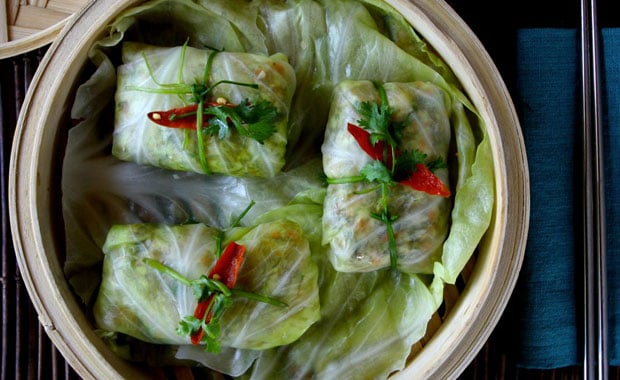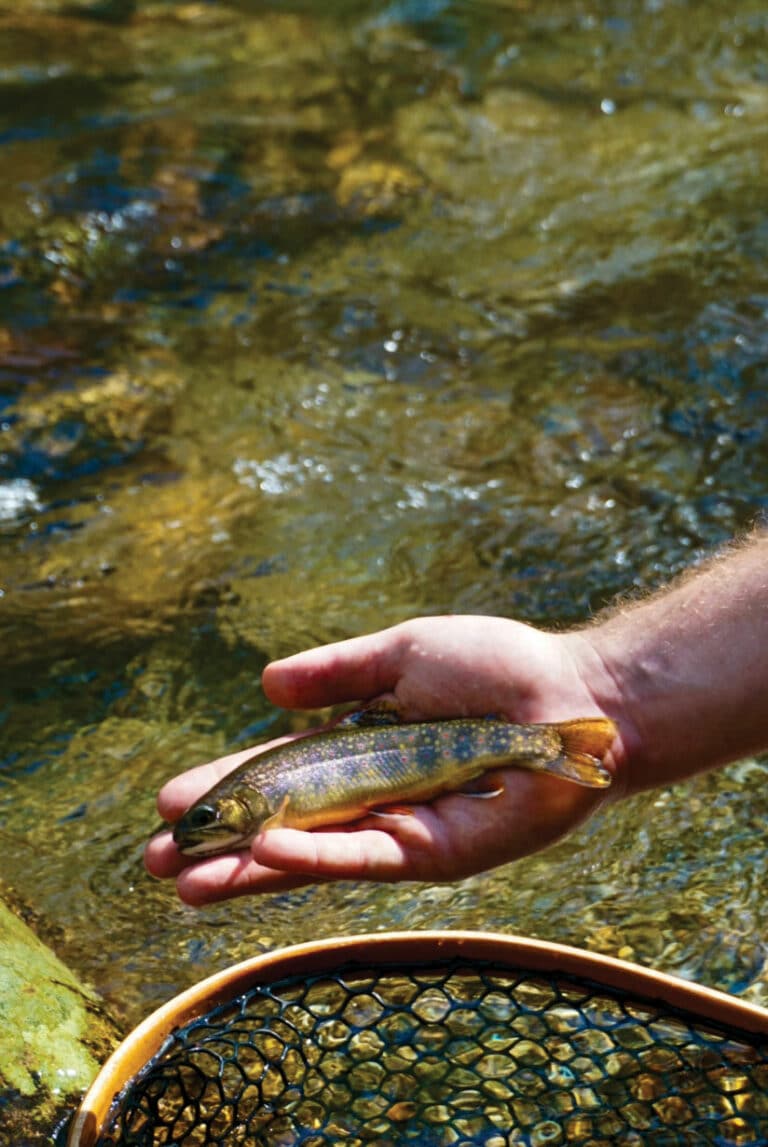Dear EarthTalk: Are the plastic tiers on food steamers safe for food and for re-heating? Some indicate they are made from #7 plastic. I am very interested in buying a steamer, but not if they are unsafe. What’s the best way to go?
— Jim Lichlyter, Jr., Valley Center, KS
While you may never know for sure whether the plastic parts in a food steamer will contribute to health problems down the road, why gamble? Plastic marked with a #7 recycling symbol—signifying mixed sources (polycarbonate) or otherwise hard-to-classify plastics (such as acrylonitrile styrene or acrylonitrile butadiene styrene)—is considered one of the riskiest in terms of chemical exposure. Polycarbonates are the most common types of plastic in items marked #7. And any of these three “feedstocks” just mentioned could contain Bisphenol A (BPA), a chemical in widespread use since the 1930s to harden plastic.
Researchers have found that exposure to BPA, a known “endocrine disruptor” that can mimic the body’s natural hormones, can lead to neurological and reproductive problems. As a result, public health advocates recommend not using containers marked with #7 for storing, heating or serving food/drinks so as to minimize the amount of BPA in our bloodstreams. Keeping BPA out of our bodies is an uphill battle: A recent study found that 96 percent of pregnant women in the U.S. have at least trace amounts of BPA in their systems already (and probably the rest of us do as well).
In response to increased consumer awareness about the potential risks of exposure to BPA, many bottle and container makers are now marketing versions of their plastic products that are BPA-free—and the trend has extended to food steamers, with several now available in BPA-free versions, including Oster’s 5712, Black & Decker’s HS1050, and Big & Fast’s Plastic Electric Food Steamer. Buyers beware: Even some BPA-free steamers have non-stick surface made from PTFE (polytetrafluoroethylene, better known as Teflon), another hazardous chemical that health advocates recommend avoiding.
But to complicate matters further, a July 2011 study by a group of Texas-based researchers and published in the peer-reviewed scientific journal Environmental Health Perspectives found that just because a plastic product is marked “BPA-free” doesn’t guarantee that it won’t leach other endocrine disrupting chemicals—what the study refers to as “estrogenic activity” or “EA”—into food or drinks: “Almost all commercially available plastic products we sampled—independent of the type of resin, product or retail source—leached chemicals having reliably detectable EA, including those advertised as BPA free,” the researchers reported. In some cases, BPA-free products released greater amounts of estrogenic chemicals than even products known to contain BPA.
In light of all this, consumers might want to just opt for food steamers (and food storage and preparation items) made of tried and true plastic-free materials like glass or stainless steel. Some highly rated non-plastic, non-Teflon food steamers include Secura’s 3-Tier Stainless Steel Food Steamer ($90), Miracle Exclusives’ Stainless Steel Rice Cooker and Vegetable Steamer ME81 ($70), and World Cuisine’s 4-quart Red Enamel Cast-Iron Steamer with a tempered glass colander and a tempered glass lid ($220). And don’t forget: You can save yourself some money and kitchen storage space by just getting an inexpensive metal steamer basket, collapsible insert or bamboo steamer, available at any cookware store for less than $20.
CONTACT: Environmental Health Perspectives, ehp03.niehs.nih.gov.
EarthTalk® is written and edited by Roddy Scheer and Doug Moss and is a registered trademark of E – The Environmental Magazine (www.emagazine.com). Send questions to: [email protected]. Subscribe: www.emagazine.com/subscribe. Free Trial Issue: www.emagazine.com/trial.








